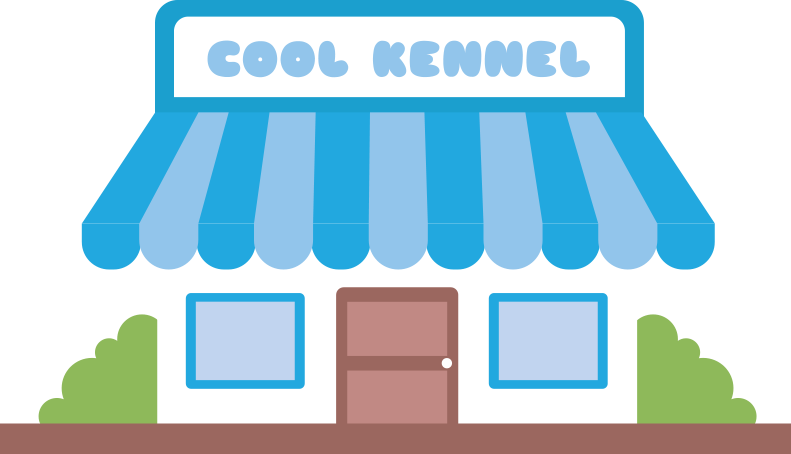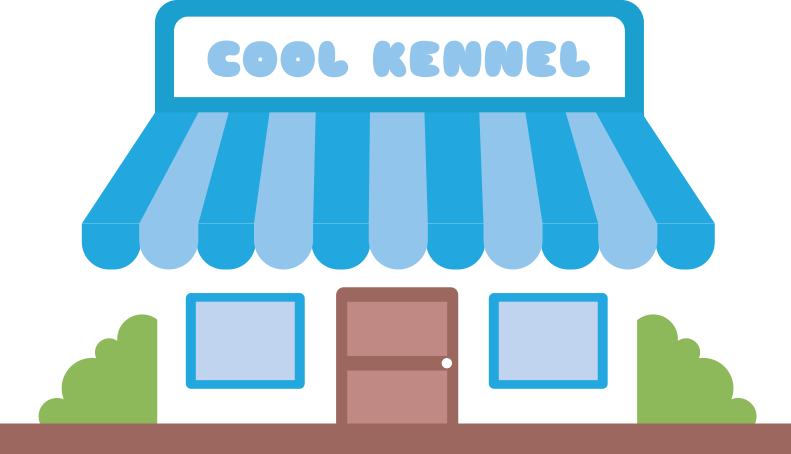What breeds of dog don't shed?
Back
There are many different questions to ask yourself when you are thinking about getting a new dog or puppy. Ofcourse the most vital ones are if you can meet a dog's needs. Once you have made that decision there are a multitude of questions to ask yourself, such as what size, gender, breed, age of dog would suit your lifestyle best? With that in mind it is also worth considering the amount of cleaning up you want to do after your dog. Beside the inevitable (poo bags at the ready!), there is the question of dog hair. So, below you can find out which breeds malt the most and which breeds don't shed at all. You might also be interested if you are unfortunate enough to suffer with allergies, in which case you will be interested in which breeds are considered hypoallergenic. You should note that just because a dog sheds minimal hair, doesnt mean that it does not need grooming. Many of the breeds identified in the list below would still need to be properly groomed regularly by a professional groomer.
Which dogs don't shed hair or malt at all (as they have no hair)?
-
Chinese Crested (Hairless)
-
American Hairless Terrier
-
Mexican Hairless dog (Xoloitzcuintli)
-
Peruvian Hairless dog (Peruvian Inca Orchid)
Which small breeds of dog shed minimal hair (hypoallergenic)?
-
Tibetan Terrier- whilst Tibetan Terriers
-
Maltese Terrier
-
Shih Tzu
-
Brussels Griffon
-
Poodle (Toy, Miniature)
-
West Highland Terrier
-
Bichon Frise
-
Kerry Blue Terrier
-
Havanese
-
Chinese Crested
-
Scottish Terrier
-
Cairn Terrier
-
Border Terrier
-
Schnauzer (Miniature)
-
Yorkshire Terrier
-
Australian Silky Terrier
Which large breeds of dog shed the least (hypoallergenic)?
-
Portuguese Water Dog
-
Soft Coated Wheaten Terrier
-
Poodle (Standard)
-
Kerry Blue Terrier
-
Irish Water Spaniel
-
Labradoodle
-
Schnauzer (Standard)
-
Bouvier des Flandres
-
Basenji
Which breeds of dogs shed or malt most?
-
St Bernard
-
Great Pyrenees
-
Chow Chow
-
Akita
-
Siberian Husky
-
Golden Retriever
-
German Shepherd
-
Labrador Retriever
-
Alaskan Malamute
-
Alaskan Husky
What causes dog's to shed excessively?
A dog's shedding cycle can change if they are suffering with an infestation of parasites, such as fleas, lice or mites. It is possible that they may also have ringworm, dermatitis of be suffering another illness (fungal infection, immune diseases or cancer). Our advice is to speak to your vet as soon as you notice anything out of the ordinary about your dog's shedding cycle.
How can I prevent my dog from shedding excessively?
You can do several things to stop your dog from shedding so much:
-
Brush them daily to reduce the amount that your dog needs to shed
-
Add moisture to your dogs diet
-
Bathe your dog regularly
-
Vacuum regularly and use a lint roller on clothes
When do dogs start shedding?
Although the time frame will vary from breed to breed, most puppies lose their puppy coats anytime between the age of 3 months and 1 year old.
When in the year do dogs shed more? Do dogs shed more in Winter?
This will depend on the breed of dog but most dogs shed during spring (in preparation for summer) and autumn (in preparation for winter). Most dogs have an undercoat (shorter and softer hairs underneath the top coat) and a top coat (what you see and feel on the outside).
How long does it take for a dog to shed?
It depends on the breed and how much time they spend outside, but on average it can take 3-4 months for a dog to finish shedding.
What can I do to help my dog with shedding?
With Malting in mind, good grooming will always be a help. You might want to check out these products which might come in handy with your new pooch.
 |
Johnsons Anti Tangle Dog Conditioning Shampoo £3.69 |
 |
Pet Teezer Detangling and Grooming Brush £10.00 |
 |
Pro Pooch Dog Detangler Spray 500ml £8.81 |
 |
Double sided Pet Grooming Brush £7.99 |
 |
Self Cleaning Slicker Brush £9.99 |
 |
Mikki Hard Pin Slicker Brush for Thick Coats £13.28 |
 |
Kong- ZoomGroom £9.65 |
 |
Pet Grooming Gloves £7.99 |
 |
Rosewood Soft Protection Salon Grooming Brush £7.99 |
 |
Korbond 7.4m Roller Removes Pet Hair and Fluff £2.50 |
See also:
Keeping a clean house when you've got a dog
What are the best vacuums and hoovers for dog hair?
What do I need to buy for my new dog?
COVID-19: Should I get a new dog during lockdown?
Which breeds of dog malt least or most?
Similar Articles

Good Dogs. Good Kennels.
The Good Kennel Guide takes the stress out of dog boarding by only listing licensed kennels and boarders who meet the standards required by the Animal Licensing (Licensing of Activities Involving Animals) Regulations 2018.
All kennels and boarders that hold a valid licence have a free listing on the website which kennel owners and boarders can “claim” by creating a free account - this allows them to personalise some of their listing and interact with dog owners.

An easy-to-use system for dog owners
The Good Kennel Guide takes the stress out of dog boarding by only listing licensed kennels and boarders who meet the standards required by the Animal Boarding Act 1963.
Dog owners can sign up and create a profile here - it's really simple, and only takes a few moments.
Add your dog to your private profile to submit enquiries to kennel owners and boarders, send messages, and leave reviews following boarding.
Kennel Locations
England
Airports

